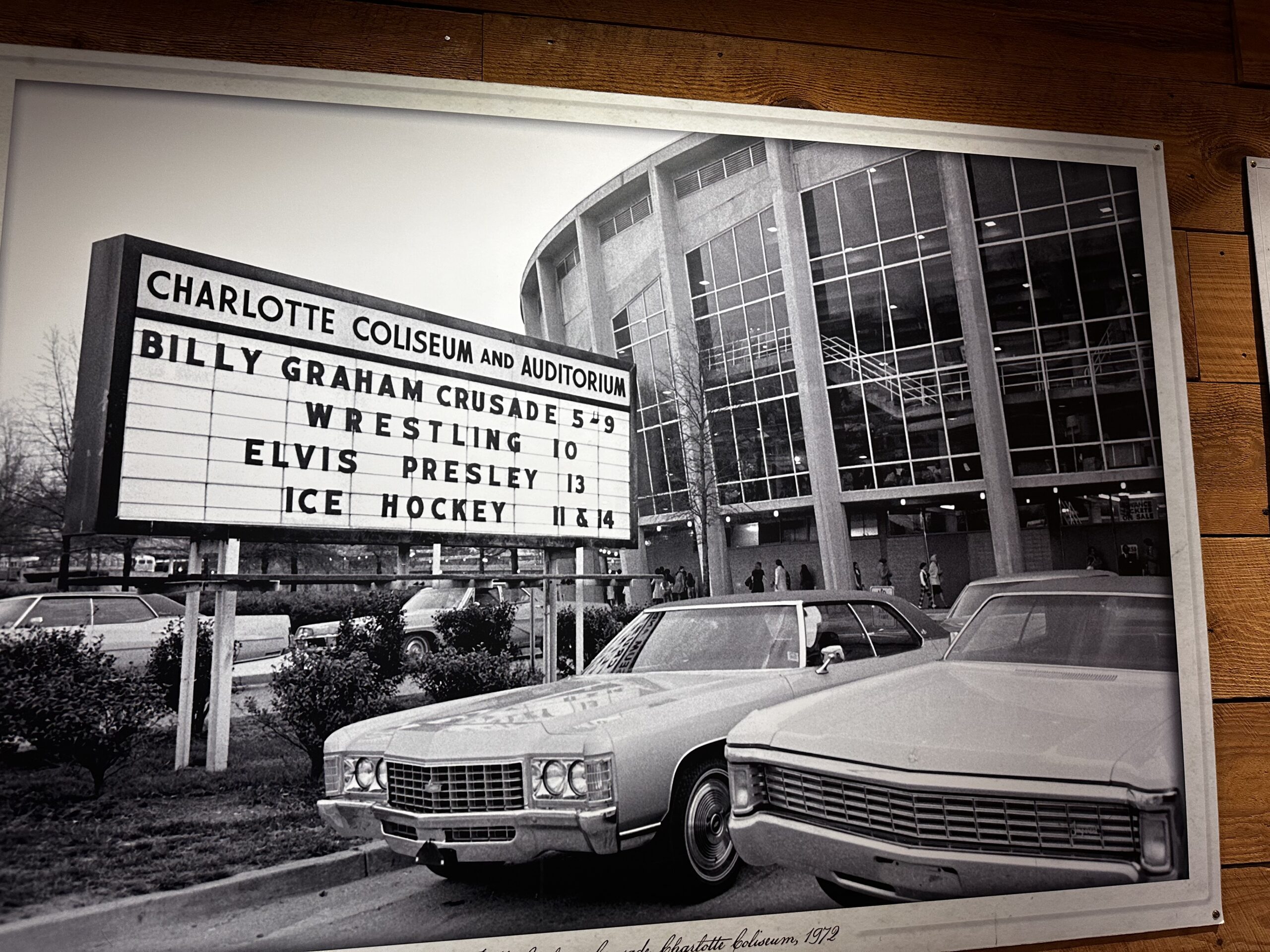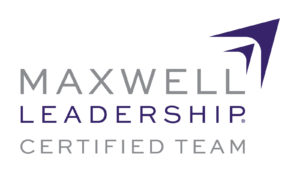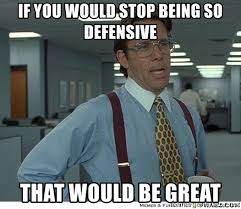
At your funeral, people shouldn’t have to guess the kind of life you lead or the legacy you left behind, what you stood for should be evident by your actions. – John Maxwell
Recently I had the opportunity to spend an afternoon at the Billy Graham Library in Charlotte, NC. It was a beautiful day with just an ever-so-slight hint of autumn in the air. The sun was shining bright and there was a cool breeze.
The tour was intriguing on many levels. Walking through the various stages of Graham’s life from his humble beginnings to the massive crusades around the world, the tour was both historical and inspirational.
One of the pictures that captured my attention was one that perhaps you might not expect. Sure, there were pictures of the massive crowds at the Crusades, pictures with presidents, and pictures with his family. But the one that jumped out to me oddly enough was of the Charlotte Coliseum billboard advertising an upcoming crusade. Below the crusade dates were the next attractions: Wrestling, Elvis Presley, and Ice Hockey.
In the grand scheme of things, I suppose it would take Elvis, wrestling, and ice hockey to come close to the impact of Billy Graham.
When it comes to your impact, and leaving your legacy, what thoughts come to mind? What is important to you? What’s the “one thing” you want on your marquee?
For each person, it will look different, but for you as a leader, it will always come down to the things that you are most intentional about. As I reflect upon my visit to the Billy Graham Library and what legacy is all about, here are my three takeaways.
His legacy was built on his faith
Today we remember Billy Graham as a man of faith – an evangelist. The bedrock of his legacy was an enduring faith that spanned many decades.
Reflecting on his legacy and life, Graham said, “The greatest inheritance you can pass on to your children and grandchildren is more than money or material possessions you get. It’s a legacy of both character and faith.” And this is exactly what Graham did.
Building your legacy on faith is to build it on something that will outlive you. Faith is that foundation. Click To TweetHis legacy was built on family
Graham’s most enduring legacy, aside from his evangelistic work, was undoubtedly his family. He was married to his wife Ruth for 63 years. They had five children, and a slew of grandchildren, great-grandchildren, and even great-great-grandchildren. Family meant more to him than anything else.
Graham once said, “Nothing is closer to my heart than my family.” And this was a core value that also defined his legacy.
Many opportunities and accomplishments will help define you as a leader. For Graham, he knew what was the most important.
His legacy was built on humility
Billy Graham exemplified what it meant to be a servant-leader. He understood that his life and leadership were about something greater than himself and he passionately lived it out.
One of Graham’s longtime associates observed, “Billy always saw himself as just a farm boy from Mecklenburg County, North Carolina. He was amazed that God could use him like he did.”
One of the most enduring qualities of any leader is that of humility. Humility will keep you grounded when your ego gets too big and will instill a deeper sense of gratitude for all that you have. I believe Graham lived a life marked by a true sense of humility and awareness of the gift that he had.
As you consider your legacy and what it will mean to those you love, consider the role of faith, family, family, and humility. It’s a good starting place for a life well lived.
©2024 Doug Dickerson






 In teachable moments that you have – especially with mentors and those with more knowledge and experience, one sure sign of not being teachable is that you become defensive. And what happens plays out like this: you defend yourself rather than listen; you justify your actions and behaviors rather than correct them, and you put up walls. So long as you are defensive and not teachable, you forfeit the opportunity for a teachable moment and to be a better leader.
In teachable moments that you have – especially with mentors and those with more knowledge and experience, one sure sign of not being teachable is that you become defensive. And what happens plays out like this: you defend yourself rather than listen; you justify your actions and behaviors rather than correct them, and you put up walls. So long as you are defensive and not teachable, you forfeit the opportunity for a teachable moment and to be a better leader.




